21 Swimming Rules for Olympic Champions: My Personal Take on Swimming
•4 min read
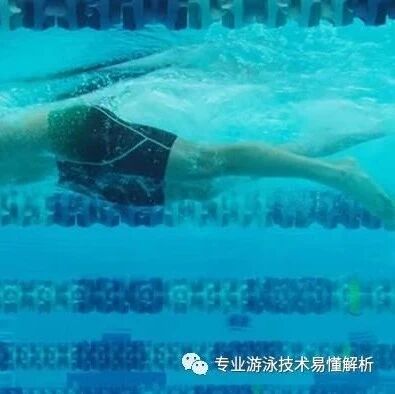
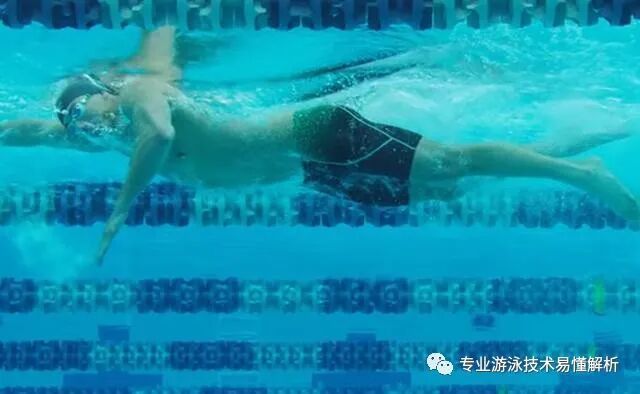
1. The three most important components of swimming are: technique, technique, technique.
Understanding: Even the Hulk has physical limits—after all, even he can’t keep up forever. Technology, then, is about mastering the art of leveraging one’s physical capabilities more effectively.
2. Strive for the best, not the greatest, performance.
Understanding: The greatest performance often leads to results that are difficult to sustain in the long run—physical harm being just one of the side effects.
Understanding: Only by mastering balance can one walk—after all, balance is one of the very essence of movement.
Understanding: Familiarize yourself with the source of water resistance—embrace it rather than fight against it.
Understanding: Deliberately resisting water resistance to train your ability to endure tough challenges.
Understanding: The phrase "lifting heavy weights with ease, appearing wise yet seeming foolish"—that’s exactly what it means. Only after witnessing much can one truly learn to let go.
Understanding: Humans are like water, and water is like humans—forget about yourself, for you’re not as important as you think you are.
Understanding: The body is merely the foundation for mental growth, but mental growth should be an endless pursuit.
Understanding: Only when combat power reaches 10,000 can it potentially unleash a fighting capacity of 8,000.
Understanding: Everyone has imperfections—whether in physical strength, flexibility, coordination, or endurance. The key is to identify these weaknesses through effective practice and then work on strengthening them while continuing to build on your natural strengths.
Understanding: The swimming champion doesn’t necessarily have the highest stroke frequency, but their stroke length is consistently stable. While they may not use the fewest strokes, each one is perfectly tailored to their physical abilities and technical strategy.
Understanding: A world-class swimming coach once said that the best swimmers are those who can most effectively slow down the initial speed of their entry into the water.
13. Let your body glide effortlessly through the water like a thin sheet—no need to chop or disturb the surface. Make "streamlining" your signature move.
Understanding: Increasing the power of your stroke will never be as effective for swimming efficiency as making your body slender, long, and streamlined.
Understanding: Just like walking, you don’t need to forcefully push the ground behind you with your feet—instead, simply lean your body forward and let the foot you’re stepping with naturally extend outward to support your movement. This is known as "using your body weight for motion," a classic example of the "center-of-gravity shift" technique.
Understanding: The arm is merely a gripping tool—power comes from the core and hip-hip areas, while extra speed is generated by combined force.
Understanding: Without relaxation, muscle activation simply has no basis.
Understanding: A good swimmer focuses only on the goal, while a poor swimmer focuses solely on the competitors.
Understanding: The mindset of Du Gu Qiu Bai is one of the effective ways to maintain vibrant passion.
Understanding: Learn to honor the winners, study alongside the greats, and associate yourself with those who excel—only then will you truly improve.
Understanding: Daydreaming is actually always the first step toward making plans a reality.
Understanding: The head is the rudder of swimming, while the mind ensures continuous improvement in swimming technique.
Related Articles
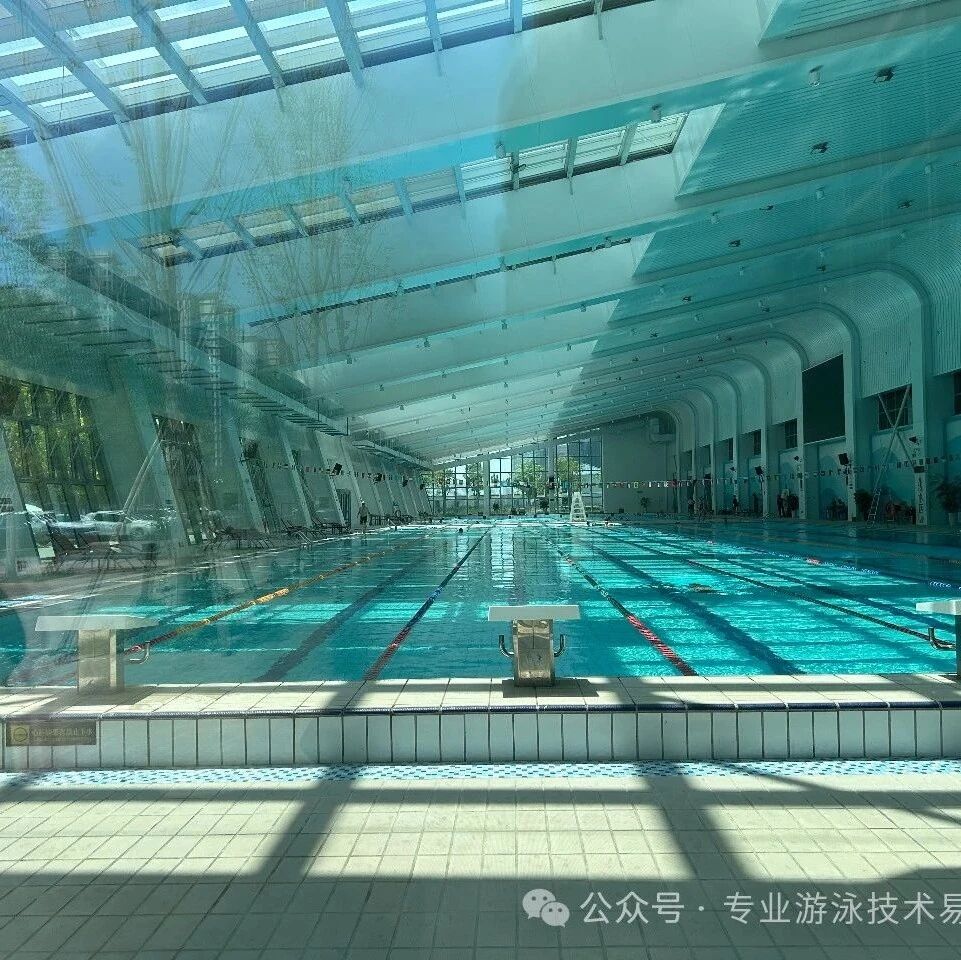
Swimming
Counting down the frustrating and baffling behaviors in swimming pools
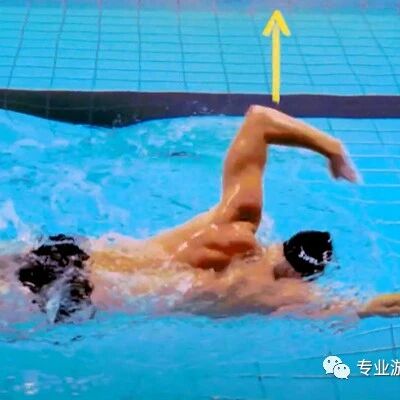
Swimming
The flawed movements that slow down freestyle swimming—specifically, the chain reaction caused by dragging the elbow upon entry into the water.
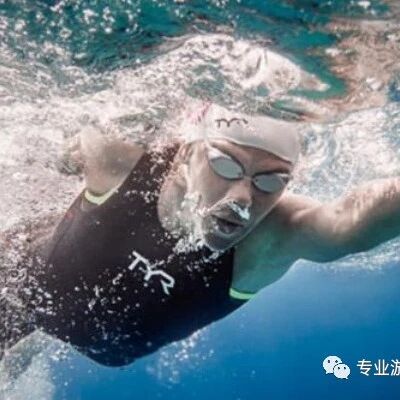
Swimming